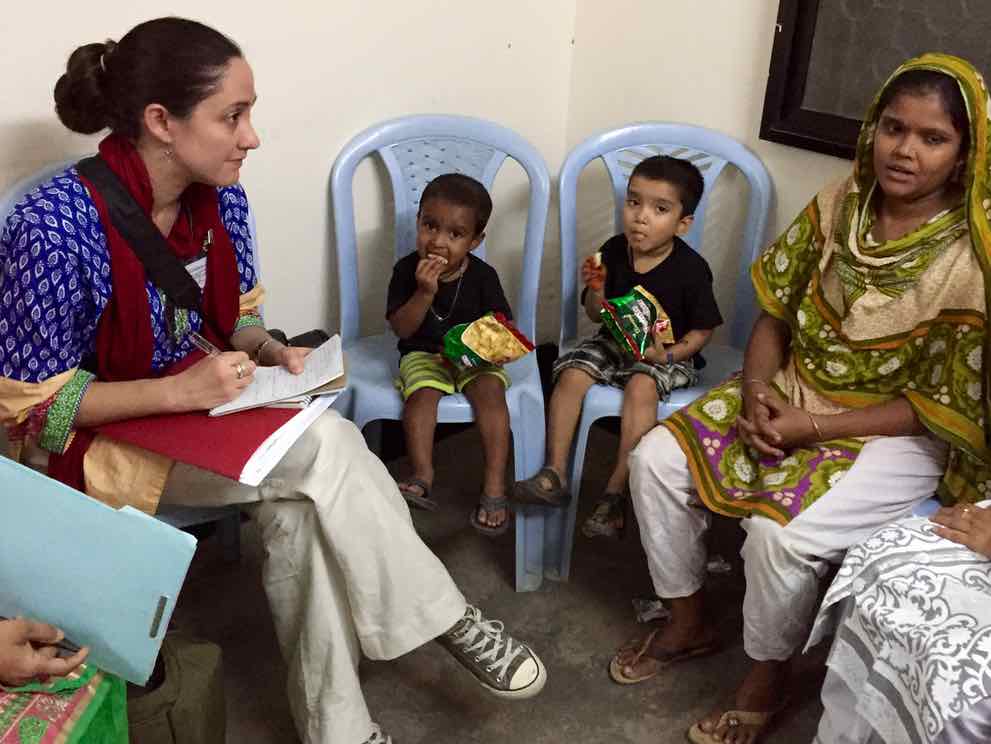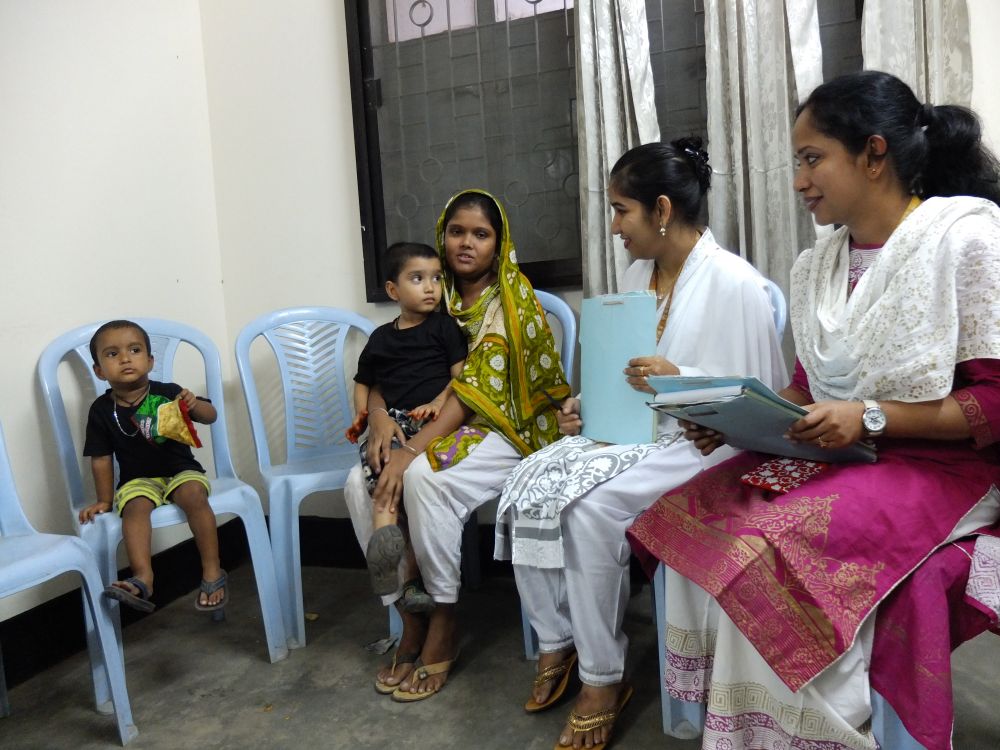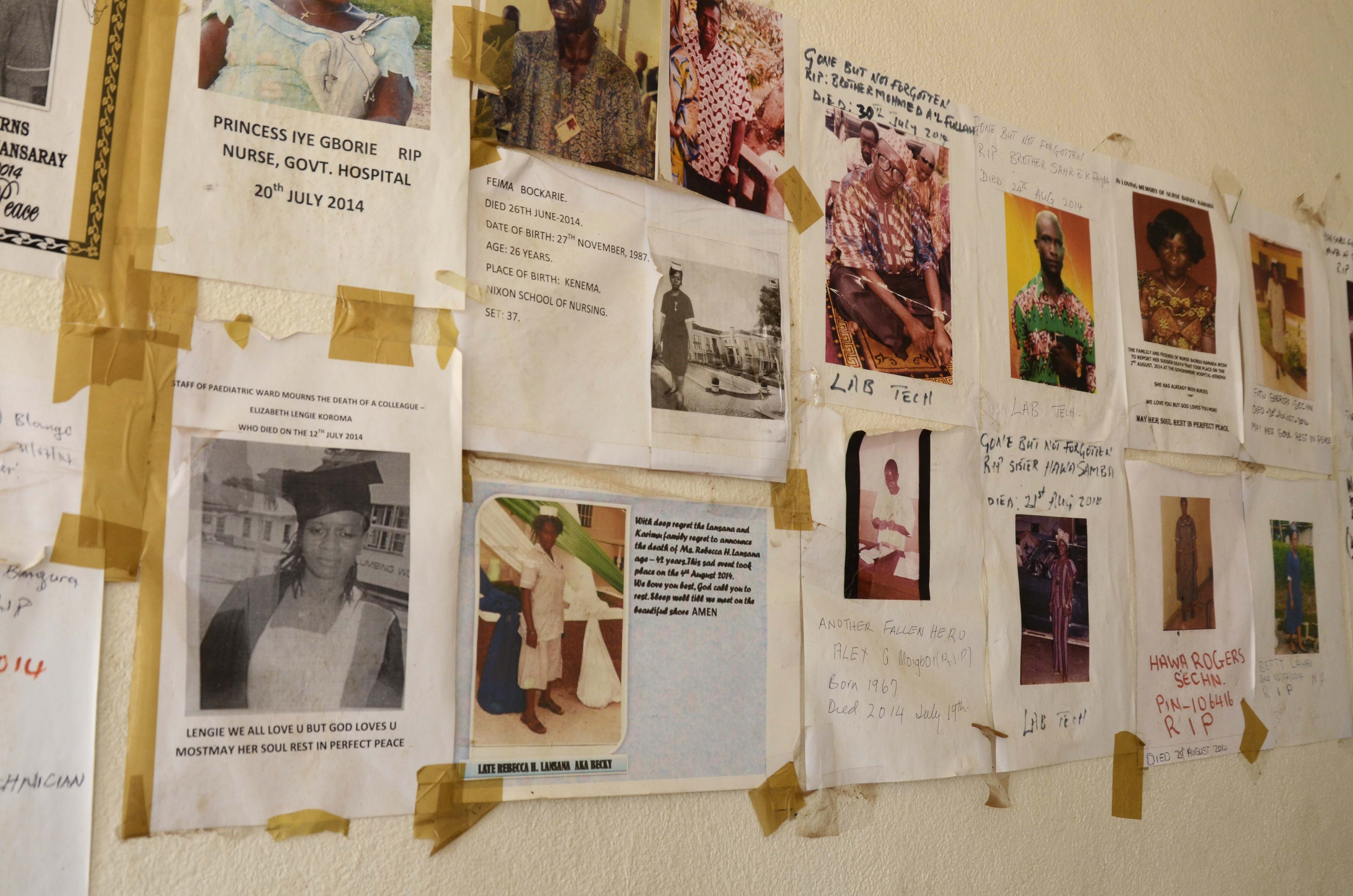
Why does the rotavirus vaccine only prevent 43 percent of young children in Bangladesh from getting severe diarrhea, but in the United States and other high-income countries it prevents about 98 percent of cases? How many other vaccines don't work as well in low-income countries? And what are doctors and researchers doing to improve the efficacy of vaccines in areas that need them the most?
Carina Storrs talks about her recent trip to Bangladesh and India, supported by the Pulitzer Center, to find answer to these questions. These two countries were involved in both the earliest studies describing the under-performance of certain vaccines decades ago and the newest research to try to give vaccines a much-needed boost.







